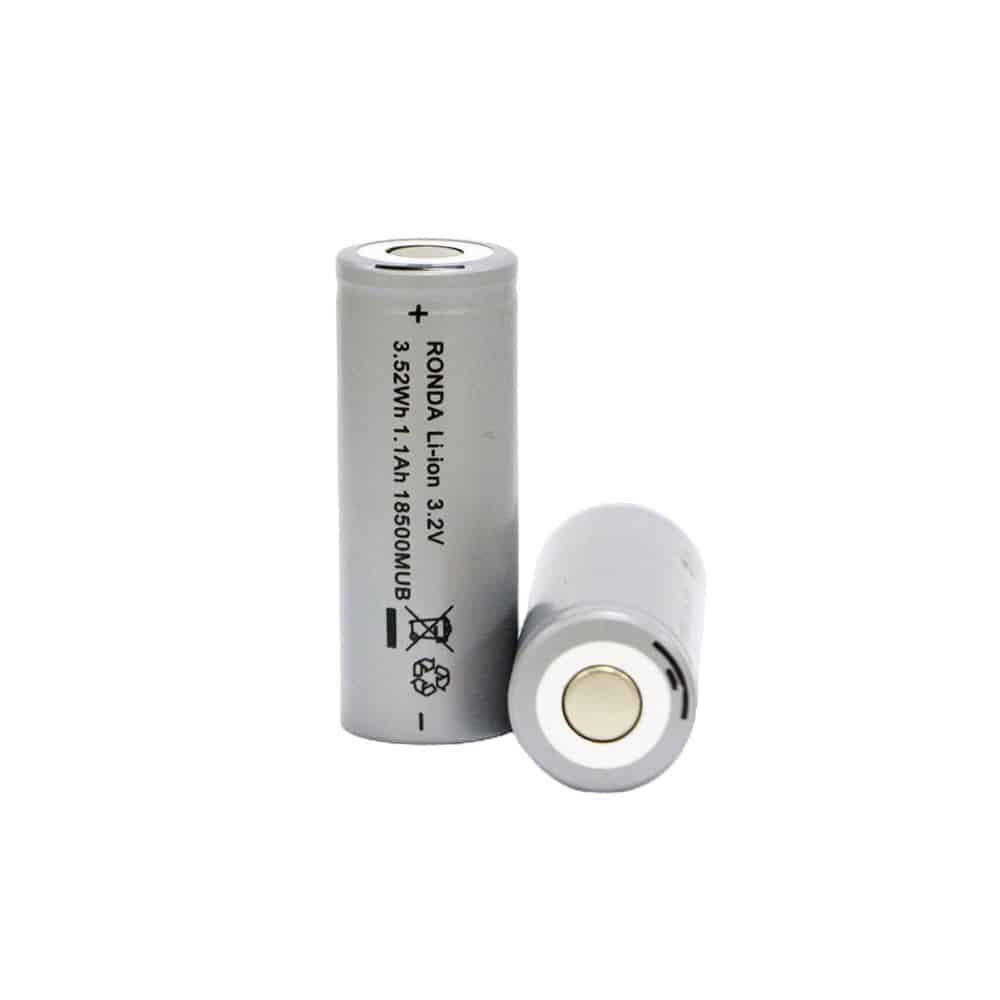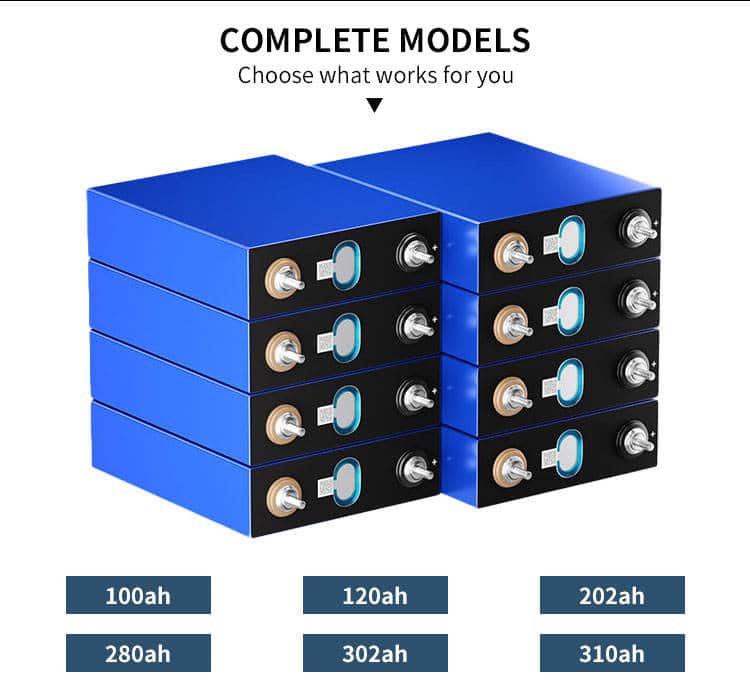How do lithium sulfur batteries work?

Lithium-sulfur batteries work by utilizing the chemical reaction between lithium and sulfur to produce electrical energy. When the battery discharges, lithium ions move from the anode to the cathode while electrons flow through an external circuit to provide power. During charging, the opposite reaction occurs, with lithium ions moving back to the anode and sulfur being redeposited on the cathode.
The overall reaction in a lithium-sulfur battery can be expressed as follows:
Li + S → Li2S
In this reaction, lithium reacts with sulfur to form lithium sulfide (Li2S). This process releases energy that can be harnessed to power electronic devices.
It’s worth noting that lithium-sulfur dioxide batteries are non-rechargeable, meaning that once all the lithium in the anode has reacted with the sulfur in the cathode, the chemical reaction is irreversible. As a result, lithium-sulfur dioxide batteries are typically used in applications that require long-term storage and high energy density but don’t need rechargeability.


